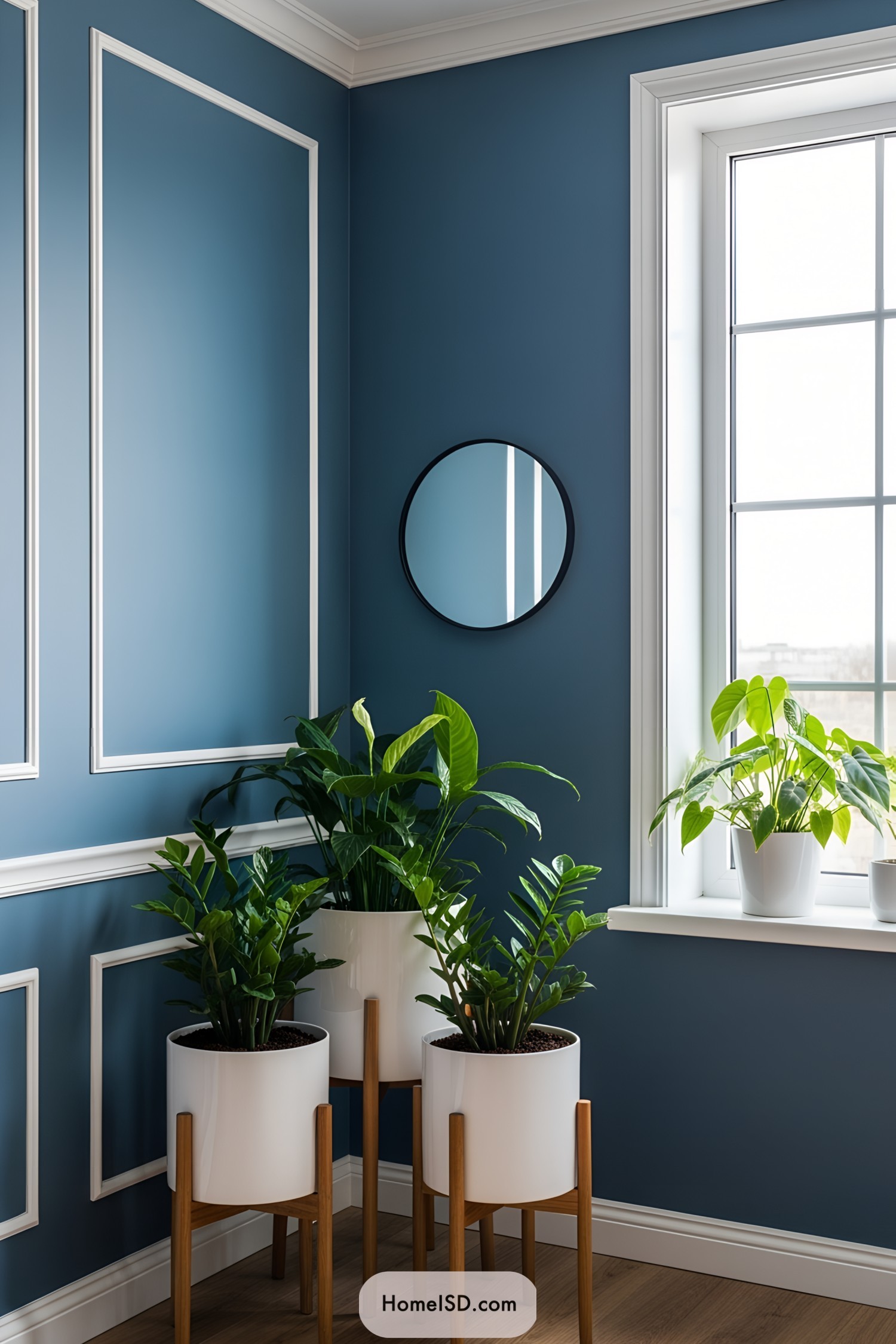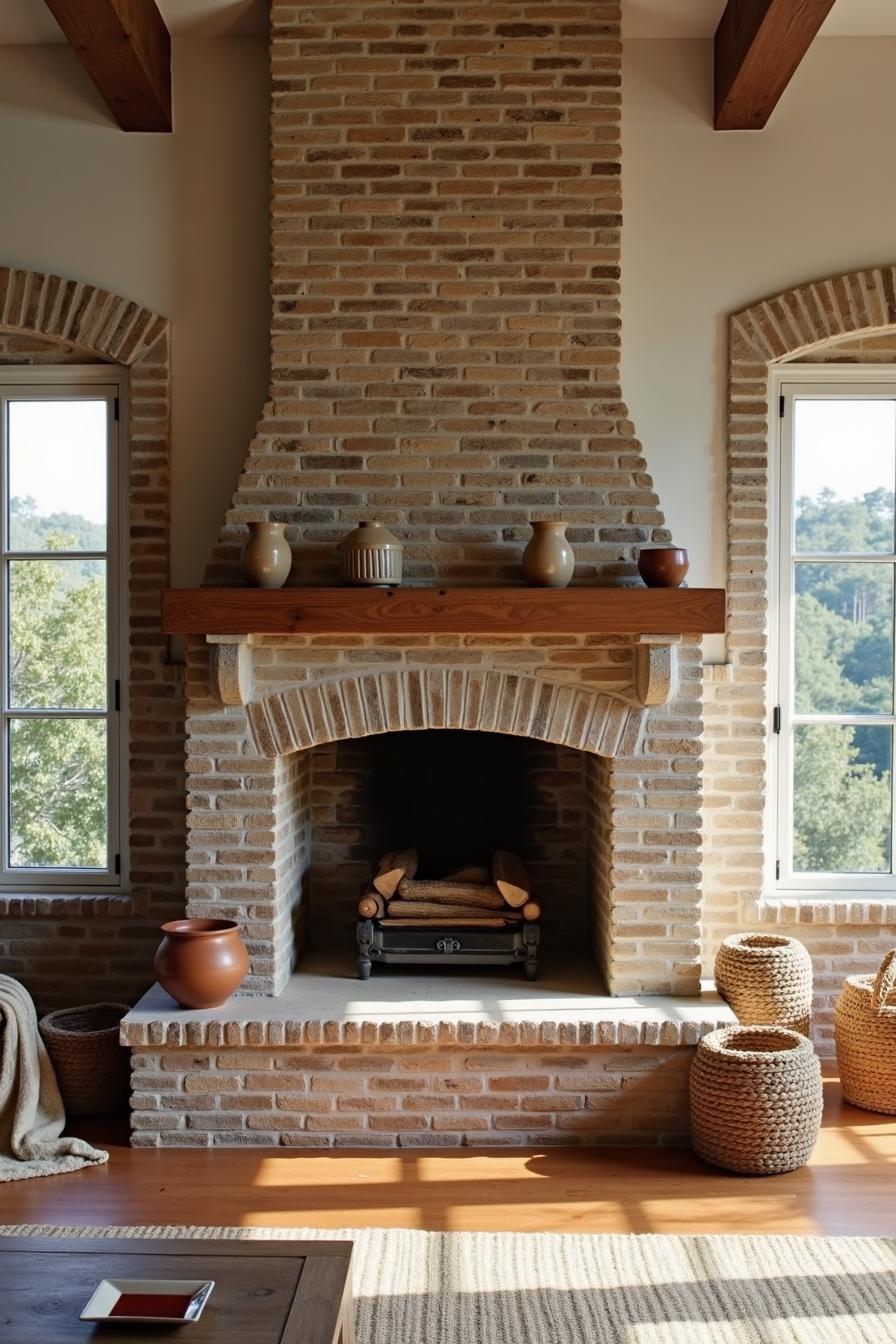Last updated on
In short, showerheads are standard where you live. The only problem you might have is with very old houses or bringing them from abroad.
The standard showerhead’s connection in the United States and Canada is 1/2” NPT, regardless of the brand. If you have shower arm plumbing coming from your ceiling or wall, you can mount your shower head wherever you like.
Most countries worldwide use a different pipe thread standard, an abbreviation for British Standard Pipe. You can find it in Asia, Australia, Europe, New Zealand, and South Africa. 1/2-inch BSP is a common thread size in these places.
99% of the time in the UK, showerheads have the same fitting.
In Australia, the thread coming out of your wall which your showerhead screws onto is universal. All showers are made with 1/2” BSP threads.
Fixed Shower Heads
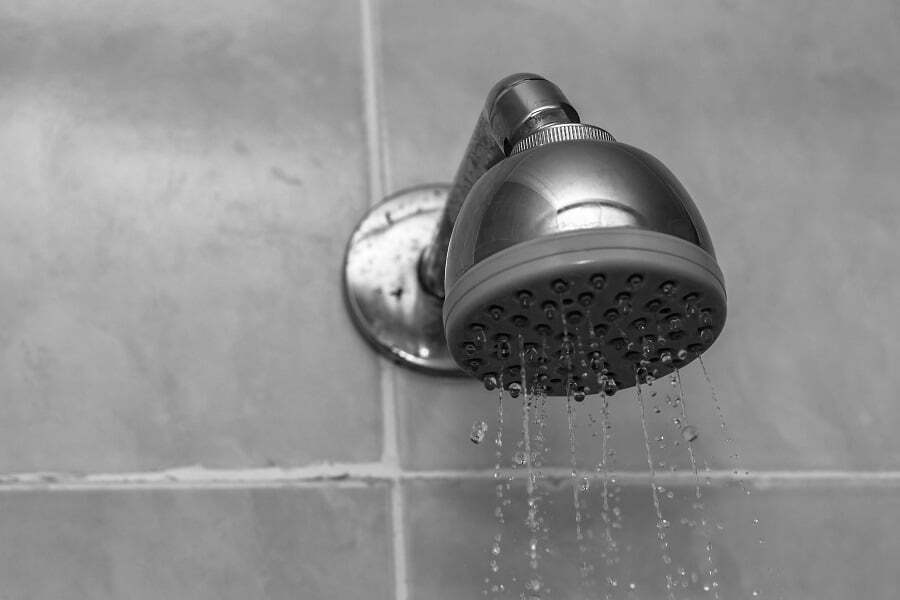
Most people have a fixed showerhead in their house. It is usually smaller than 5 inches and has a diameter of less than that. Such a showerhead doesn’t have many bells and whistles (like trending showerheads) but still gives you enough pressure.
Showers with adjustable flow rate: These are great for when you don’t know how much water you need at one time. You turn it up until you get what you need. They also come in different sizes so that they will work on most homes.
Adjustable Spray Head: The sprayer comes off and then slides into place. There are two types of these; ones where there is no adjustment and others where you adjust the amount of water going through them by turning a knob.
Diameter and Water Pressure
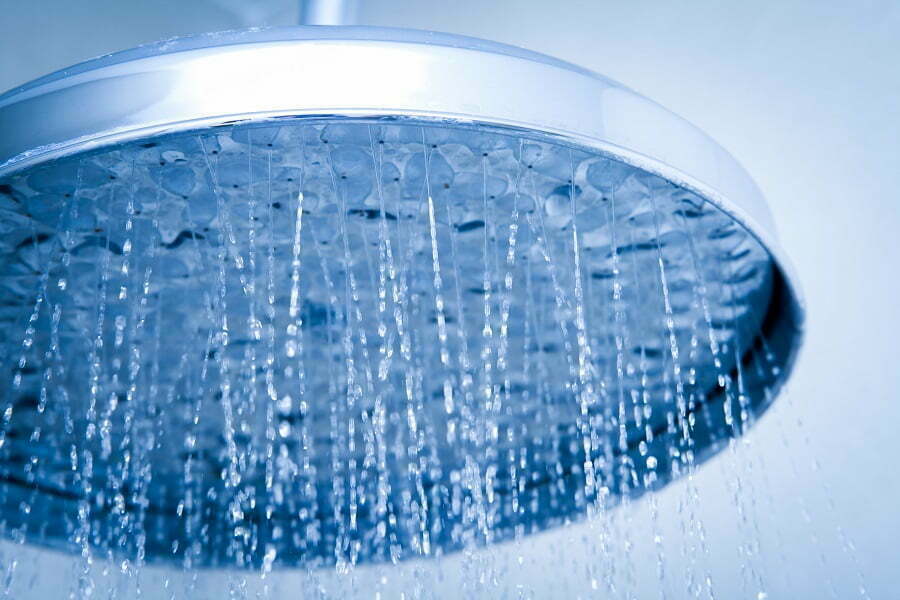
The diameter of the pipe determines the pressure of the water flowing out of the showerhead. If you look at any showerhead, you’ll see that the bigger the diameter, the stronger the pressure. So, when choosing which type of showerhead works best for you, think about what kind of pressure you’d like to use.
Handheld Shower Hose
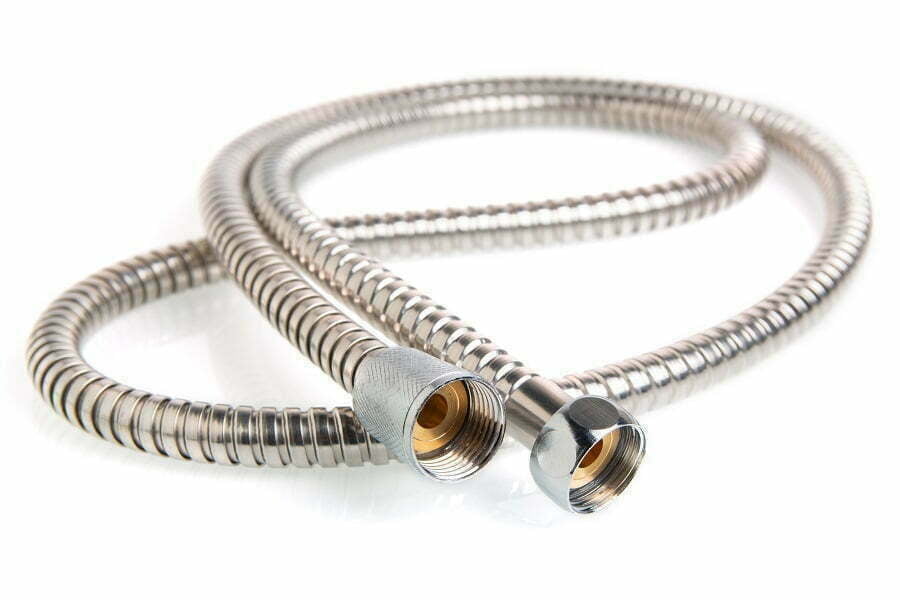
The last piece of the puzzle is the shower hose itself. While they come in different sizes, shapes, colors, and materials, here are our top picks:
PVC Plastic Tubing
This material is very durable and flexible, making it perfect for any installation. It also comes in various lengths, so you don’t have to worry about having enough length to reach wherever you want to install it. If you do run out of length, cut another section off.
Vinyl Tubing
Vinyl tubing is similar to plastic tubing, except it is more rigid and thicker. Because of this, vinyl tubing tends to be better suited for areas that require extra strength, such as under sinks and behind toilets.
Copper Tubing
Copper tubing is strong, easy to bend, and looks good too! However, copper does tend to rust over time. To prevent this, make sure to keep it clean and dry. Also, avoid using harsh chemicals around it because those could cause corrosion.
Stainless Steel Tubing
Stainless steel tubing is extremely sturdy and long-lasting. It is resistant to both heat and cold temperatures. In addition, stainless steel is not affected by acids or alkalies. That means it won’t corrode or discolor.
Brass Tubing
Brass tubing is an excellent choice for high-pressure applications. It can withstand pressures up to 200 psi. Although brass isn’t recommended for low-pressure applications, it’s still a decent option.
Unconventional Showerheads
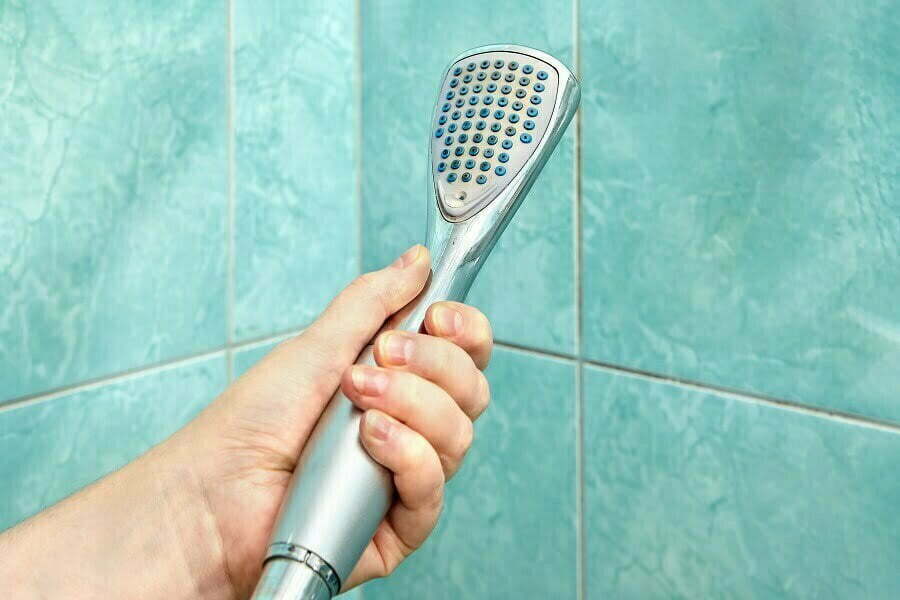
The last things that you want when taking a shower is clogs or leaks. If your current showerhead has been leaking since day one, then chances are there’s something wrong with its design. It could have worn out over time due to constant water pressure, but if this isn’t the case, then you may need to replace it altogether.
Very Old Homes
The older homes tend to have more antiquated showers. This means they may require larger heads than what’s available today. For instance, if you live in a home built before 1950, the chances are good that you need something bigger than a ¾-inch or even a 5⁄8-inch showerhead.
Low-Pressure Systems
Low-pressure systems can also cause problems when installing new showerheads. These low pressures often result from old pipes being installed during construction. The problem lies within how the plumbing system was designed. When designing a house, builders will usually assume that all fixtures will operate at normal pressures. But sometimes, homeowners discover later on that their houses were poorly constructed. As a result, some parts of the plumbing system cannot handle normal amounts of water flow.
How to Choose the Right Showerhead?
Follow these tips if you are still unsure whether your new showerhead will fit the old shower arm.
Take your old showerhead to the store
Taking your old showerhead with you should help you determine whether or not you can reuse the current one. You may also want to bring along a tape measure to ensure that the new showerhead fits properly.
Measure Your Shower Arm
Before buying a replacement showerhead, take note of how long your current shower arm is. It could save you from having to buy something that doesn’t quite fit right.
You can easily measure the length using a tape measure.
Male vs. Female Threads
The first thing you should know about shower arms is that they come in male or female threads. Male threads are threaded onto the water supply line while female threads go through the fixture.
The easiest way to tell them apart is to look at the outside of the fitting. A male has a square nut on one side and a hexagonal nut on the other. On a female, both sides are hexagons.
Tapered or Parallel Connectors
Next, look closely at how the shower head connects to the shower arm. There should either be a tapered connection or a parallel connection. The first type allows more room between the showerhead and the shower arm, while the second requires less space.
The best thing about using a tapered connection is that it doesn’t require much force when connecting them.
Inner and Outer Diameter
The next thing you’ll want to look at is the inner and outer diameters. The inner diameter refers to how big the hole is where the water comes through. It’s usually measured from the center of the threading up to the top edge of the showerhead.
The outer diameter measures how wide the entire shower head is. This includes the body of the showerhead itself plus the threaded portion.
How Do You Know What Showerhead to Buy?
There are several things to consider before purchasing a showerhead:
- What kind of material does it consist of? Some shower heads are plastic while others are metal. Metal ones tend to last longer than those made of plastic.
- How large is the opening? Is it round or oval shaped? Round openings allow more light into the bathroom as compared to oval-shaped ones. Oval shapes are better suited for people who prefer darker rooms because they let in more natural lighting.
- Does it include a mounting bracket? Many shower heads will come with brackets already attached which makes installation easier. You may also find some models that attach directly to the wall. These are great options if you plan on moving around frequently.
- Do you see any markings indicating the manufacturer? Look carefully at the bottom of the shower head. Manufacturers often put their name somewhere on the backside of the product.
- Are there any special features included?
FAQ
Yes! Most showerheads sold today are made for use with standard 1/2 inch pipe sizes. If you’re looking for an easy solution, this might work out well for you. However, there are many different types of showers, so make sure you get the correct size for your particular setup.
If you’ve got a leaky shower head, then replacing it is probably the most cost-effective option. Otherwise, if you don’t like the style, you can always change it out without spending too much money.
Round shower heads are generally considered superior to square ones. They provide a wider range of angles allowing you to direct the spray towards all bathtub areas. Square shower heads are good for smaller bathrooms since they only cover one side of the tub.
Recap
